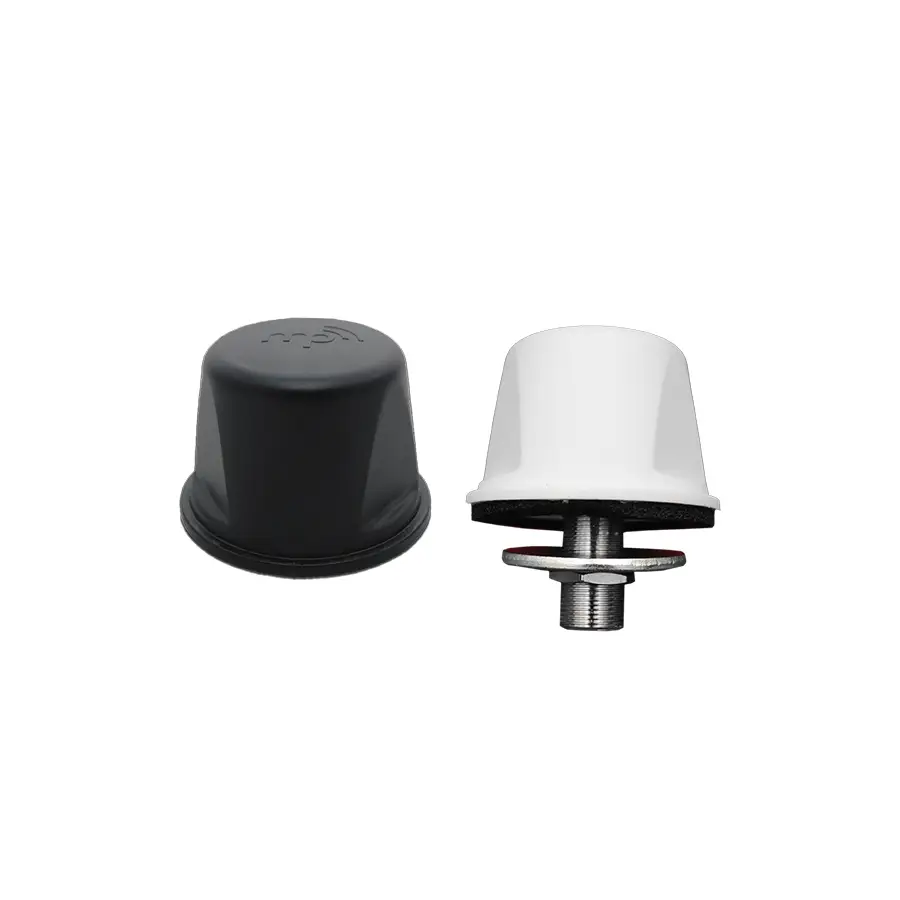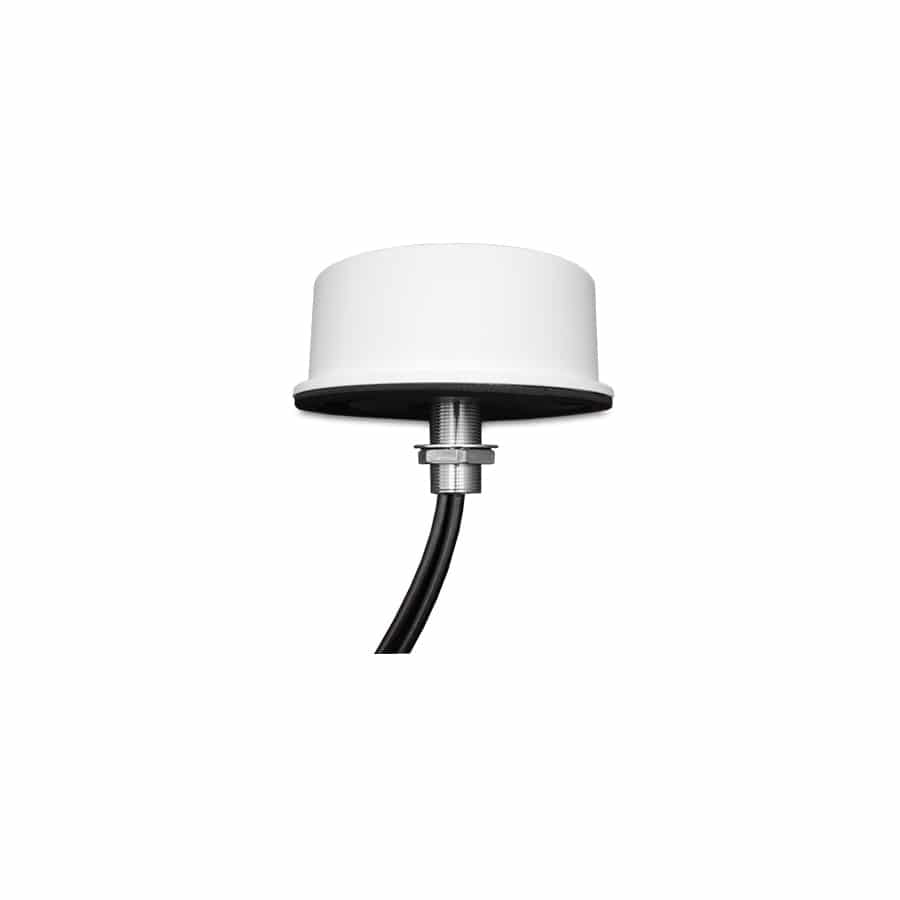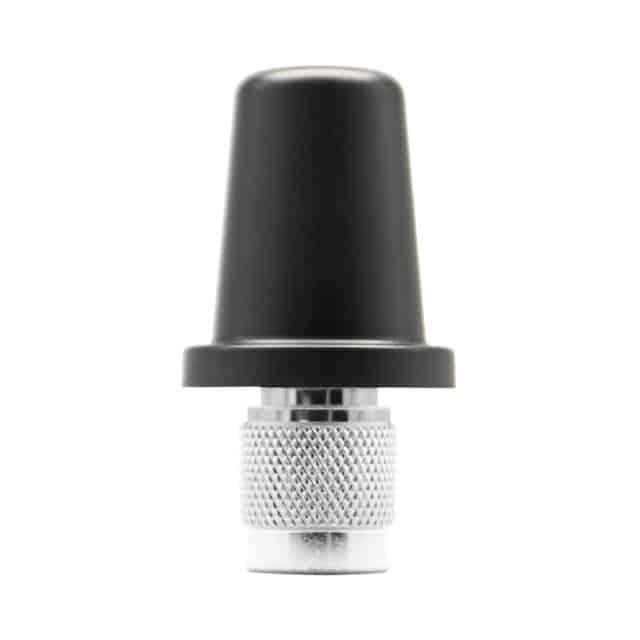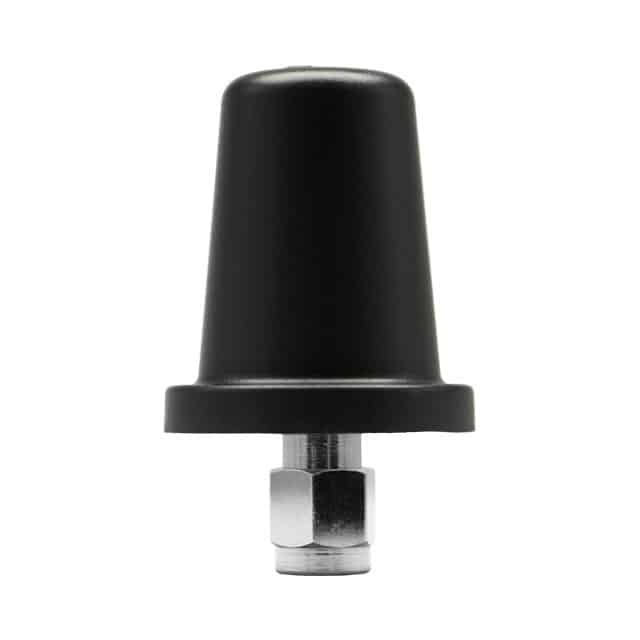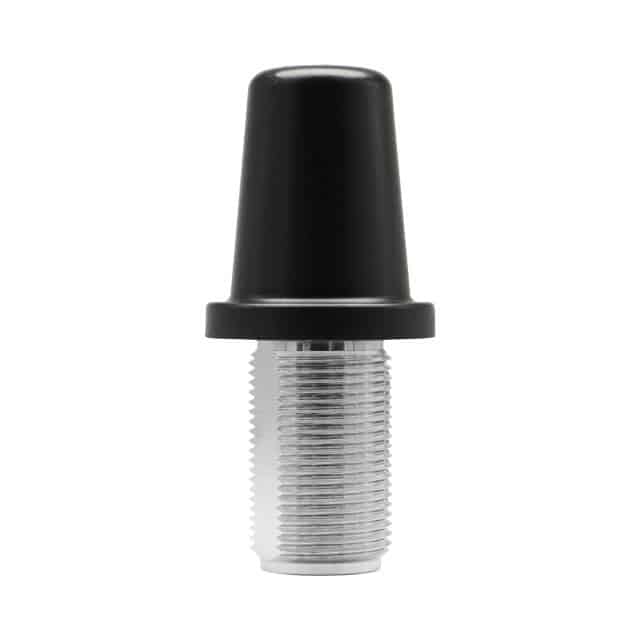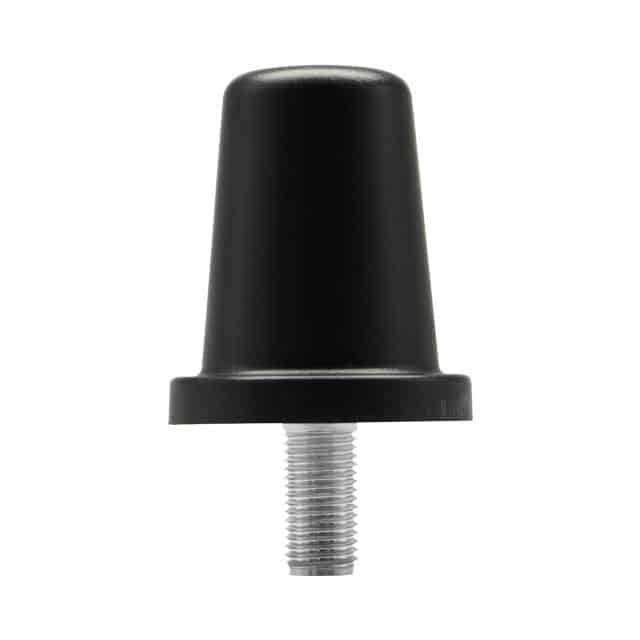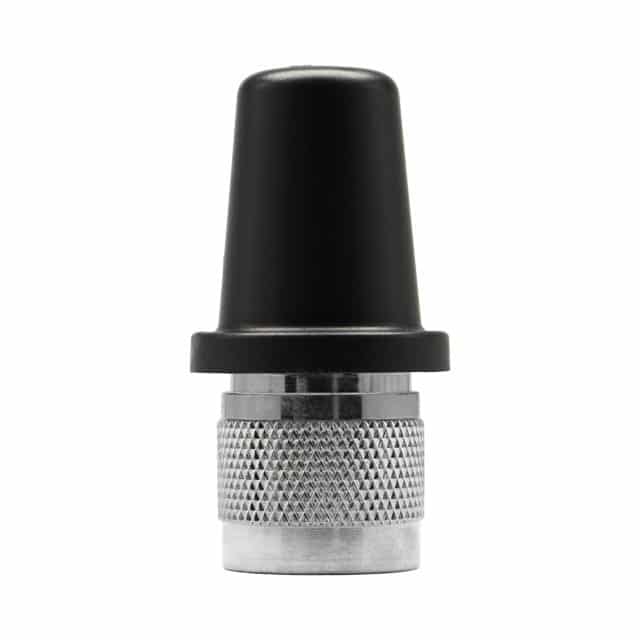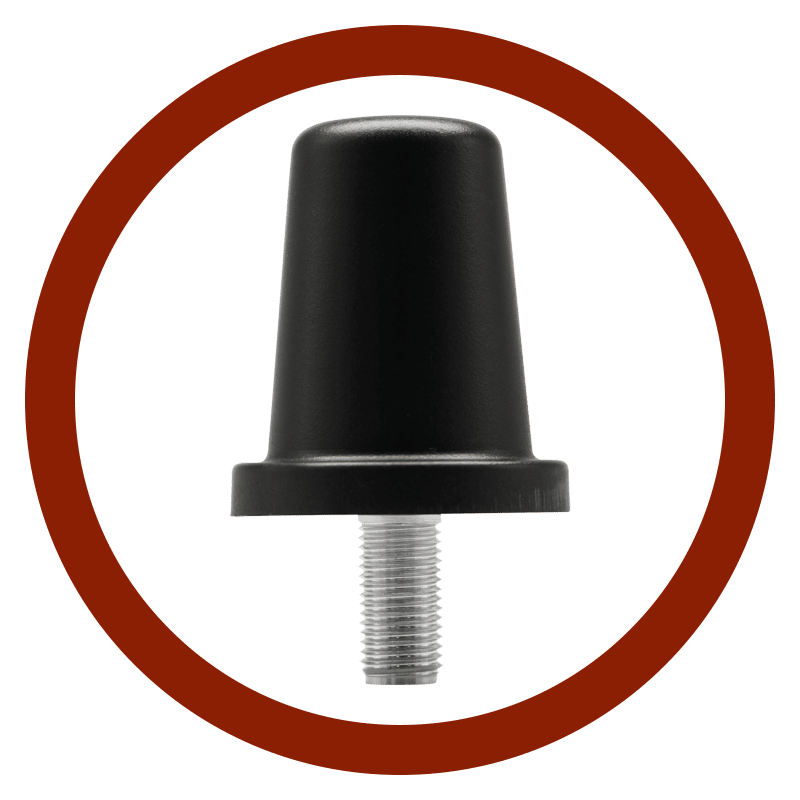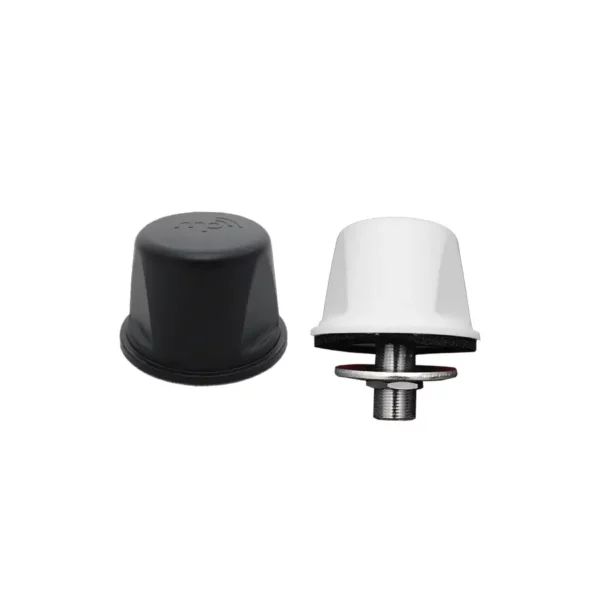
Industrial Automation Antennas
- Reduced Overall Footprint
- Increased network throughput speeds
- Multi-Polarized for improved coverage
The dynamic nature of warehouse autonomy is a constant challenge for wireless deployments. This interior RF environment is often riddled with unforeseen multipath interference from equipment, machinery, and inventory that is constantly changing.
Autonowave antennas can help strengthen the wireless connections that devices in operation are dependent on. Warehouse robotics are used for picking, sorting, packaging, transportation, and replenishment. Leading technologies include automated guided vehicles (AGVs), automated storage and retrieval systems (AS/RS), collaborative robots (cobots), and articulated arms.
Multi-polarized antennas for industrial automation applications send and receive signals in all polarizations, enabling reflected signals to become usable in NLOS situations.
To help you learn more about the role of antennas in industrial automation and autonomous system management, MP Antenna has developed a number of educational resources. View more below.

